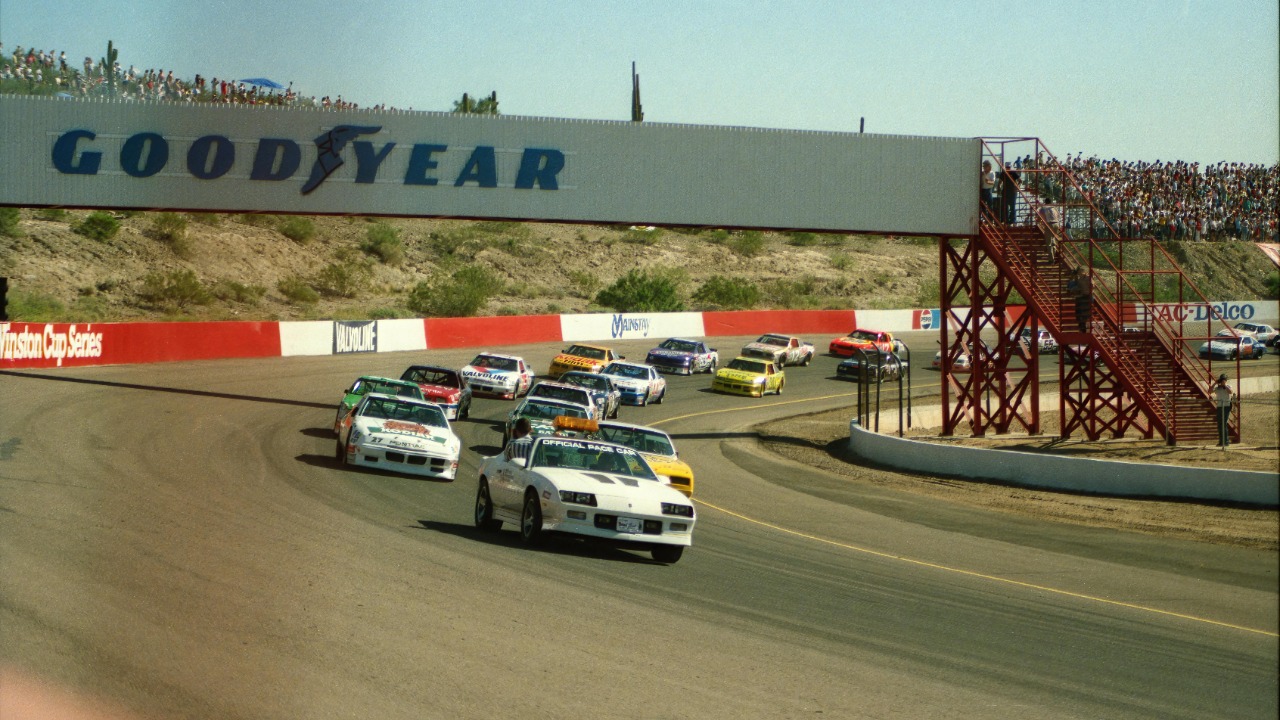
In the high-speed world of NASCAR, maintaining clear visibility is crucial for drivers navigating the track at over 200 mph. To ensure this, NASCAR cars are equipped with tear-off windshields, a multi-layered plastic film that can be quickly removed during pit stops to restore visibility. This innovative feature has become a game-changer in races, except for unique circumstances like the Bristol Dirt test in 2022, where windshields were removed entirely to adapt to off-road conditions.
The Functionality of Tear-Off Windshields
The tear-off windshield is a simple yet ingenious design. It consists of stacked transparent plastic sheets adhered to the car’s glass. When the top layer becomes obscured by track rubber, fluids, or other debris, it can be rapidly removed, revealing a clean layer beneath. This process is facilitated by the driver, who signals for a tear-off via radio to their crew during a pit stop. The crew then executes the peel without the need for any tools, ensuring a swift and efficient process. The material used for these tear-offs is incredibly durable, capable of withstanding impacts while maintaining the car’s aerodynamic integrity.
Visibility Challenges in NASCAR Races
During a NASCAR race, a driver’s windshield can become obstructed by various elements. Tire marbles, brake dust, and rain are common culprits, reducing sightlines critical for drafting and overtaking. High-debris tracks can pose significant challenges, with uncleaned visors potentially causing spins or collisions. Tear-off windshields address these issues by restoring up to 90% visibility in under 10 seconds, based on crew efficiency standards.
How Tear-Offs Enhance Driver Safety
Tear-off windshields play a crucial role in preventing crashes by ensuring unobstructed views around corners and through packs of cars. They are integrated with other safety features, such as reinforced glass bases that remain intact even after multiple tear-offs. The system has evolved from early prototypes to current multi-layer setups that comply with NASCAR’s stringent homologation rules, further enhancing driver safety. This evolution reflects NASCAR’s commitment to driver safety and the continuous improvement of its technologies.
Pit Crew Execution and Timing
The process of removing a soiled layer from the windshield during a pit stop is a carefully choreographed routine. A crew member uses a hook or gloved hand to lift and pull the soiled layer away in one fluid motion. This process is not only efficient but also time-saving, as a full tear-off sequence adds only 2-3 seconds to a pit stop compared to traditional cleaning methods. Pit crews undergo rigorous training to handle tear-offs under pressure, minimizing errors that could cost positions in the race.
Adaptations and Exceptions in NASCAR Events
While tear-off windshields are a standard feature in NASCAR, there have been exceptions. During the Bristol Dirt test on April 8, 2022, NASCAR took out the windshields entirely to manage dust and dirt in off-pavement racing. Standard tear-offs are unsuitable for dirt surfaces, leading to temporary modifications like open-cockpit designs. This adaptation contrasts with road course races where tear-offs prove even more vital due to variable weather and debris types.
Future Developments in Windshield Technology
Looking ahead, advancements in windshield technology could further improve driver visibility and safety. Possibilities include self-cleaning coatings or thinner films that could reduce the number of layers needed per race. In line with NASCAR’s sustainability goals, there is also a growing interest in using biodegradable plastics for tear-offs. Additionally, ongoing tests are exploring hybrid systems that combine tear-offs with wiper enhancements for broader applicability. These potential developments reflect the continuous innovation in NASCAR, driven by a commitment to safety, efficiency, and environmental responsibility.
More from MorningOverview